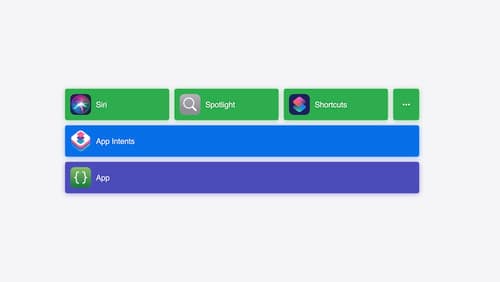how do you enable asset configuration?
Asked on 2024-08-02
1 search
To enable asset configuration, you can follow the steps outlined in the session "Extend your app’s controls across the system" from WWDC 2024. Specifically, you can use the prompts for user configuration modifier to have the system automatically prompt someone to configure the control when it is added to a system space. This allows you to refine your control to provide the most understandable and relevant content when the system's default values don't fit your use case.
For more details, you can refer to the chapter "Make controls configurable" in the session Extend your app’s controls across the system.
Here is the list of relevant sessions mentioned in the context:
- Extend your app’s controls across the system
- What’s new in StoreKit and In-App Purchase
- Introducing enterprise APIs for visionOS
- What’s new in Quick Look for visionOS
- Explore object tracking for visionOS
- Bring your app’s core features to users with App Intents
- Design advanced games for Apple platforms

Introducing enterprise APIs for visionOS
Find out how you can use new enterprise APIs for visionOS to create spatial experiences that enhance employee and customer productivity on Apple Vision Pro.

What’s new in Quick Look for visionOS
Explore how Quick Look in visionOS can elevate file preview and editing experiences in your app. We’ll cover the integration of in-app and windowed Quick Look, as well as a brand-new API that customizes the windowed Quick Look experience in your app. We’ll also share the latest enhancements to viewing 3D models within Quick Look.

Bring your app’s core features to users with App Intents
Learn the principles of the App Intents framework, like intents, entities, and queries, and how you can harness them to expose your app’s most important functionality right where people need it most. Find out how to build deep integration between your app and the many system features built on top of App Intents, including Siri, controls and widgets, Apple Pencil, Shortcuts, the Action button, and more. Get tips on how to build your App Intents integrations efficiently to create the best experiences in every surface while still sharing code and core functionality.
